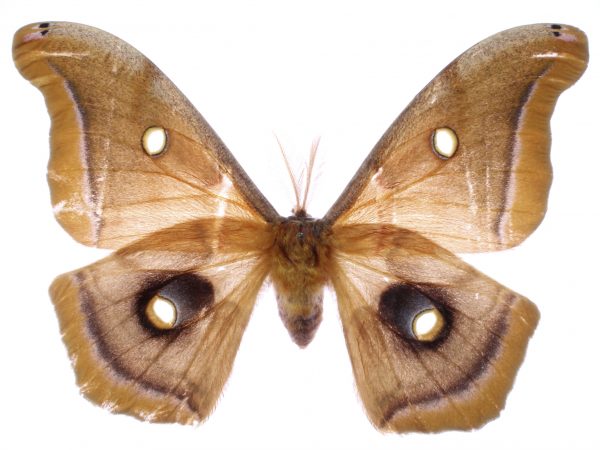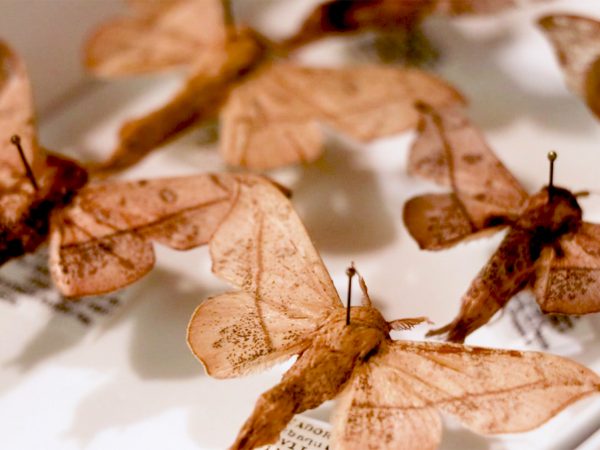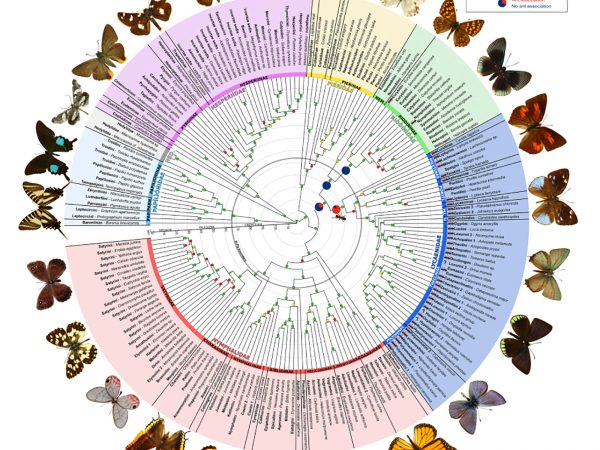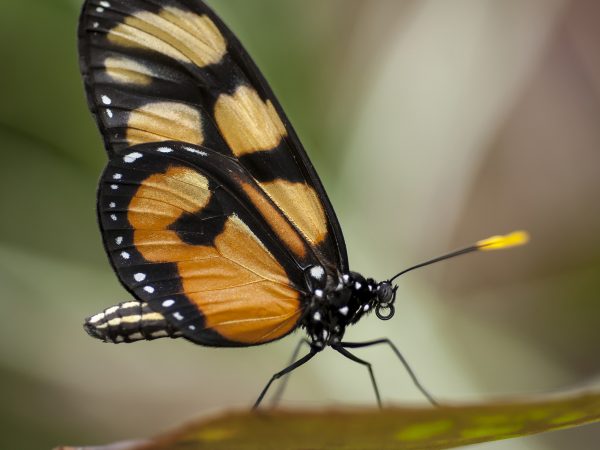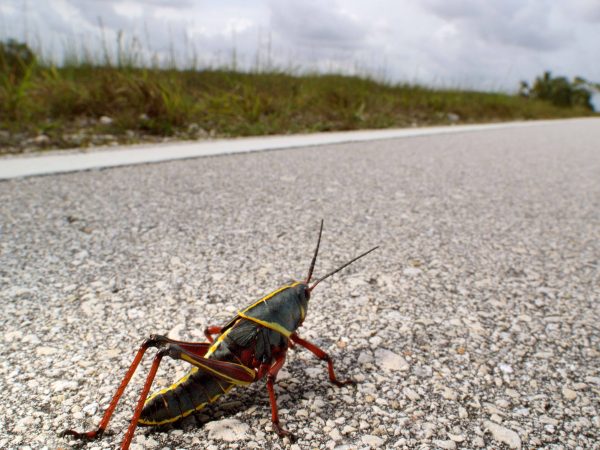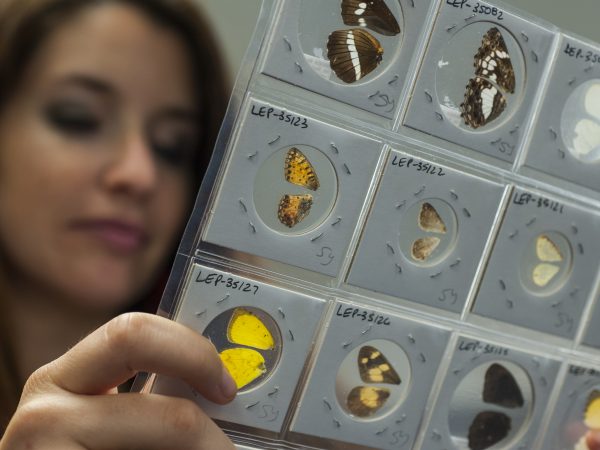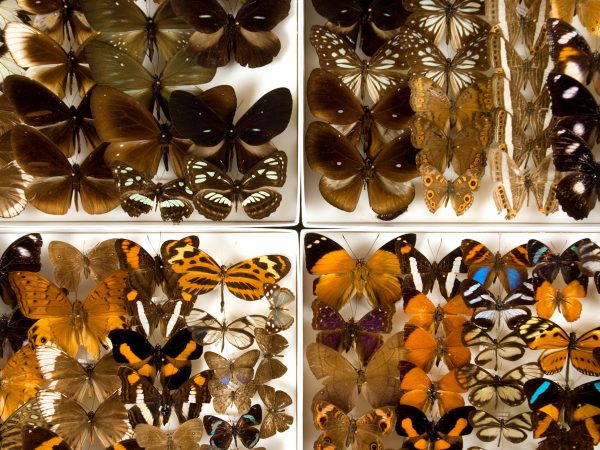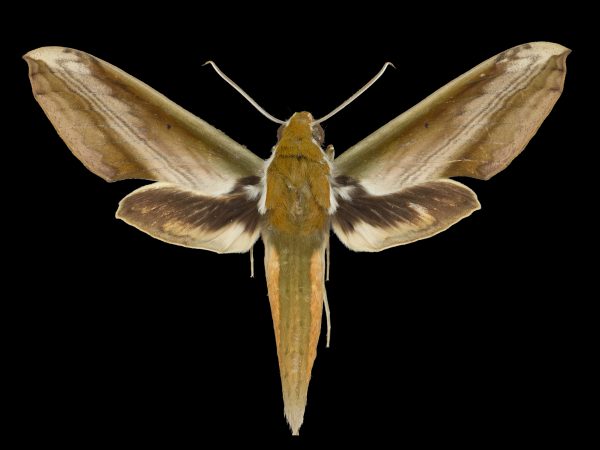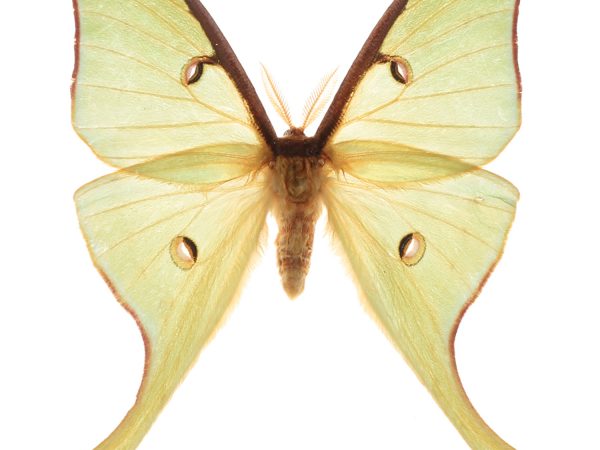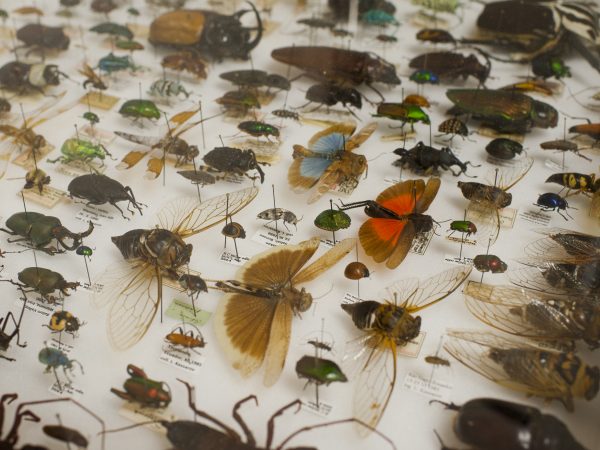Moths with larger hindwings and longer tails are best at deflecting bats
Each night, dramatic aerial battles are waged above our heads, complete with barrel rolls, razor-sharp turns, sonar jamming, cloaking devices…
Read More
Houses of silk, poop and plants: Meet the sack-bearer moths
Ryan St Laurent, a doctoral student at the Florida Museum’s McGuire Center for Lepidoptera and Biodiversity, studies an obscure, strange…
Read More
At last, butterflies get a bigger, better evolutionary tree
For hundreds of years, butterfly collecting has often inspired a special kind of fanaticism, spurring lengthy expeditions, sparking rivalries and…
Read More
Night-flyers or day-trippers? Study sheds light on when moths, butterflies are active
Butterflies fly during the day while moths travel at night – or so you might think. In reality, their behavior…
Read More
Noise pollution from gas compressors changes abundance of insects, spiders
The relentless roar of natural gas compressors influences the numbers of insects and spiders nearby, triggering decreases in many types of…
Read More
Worker bees behind the scenes
As a vegan and animal lover, lab technician Samantha Epstein had always envisioned a future working with wildlife. “I definitely…
Read More
$2.5 million NSF grant to fund online butterfly family tree, field guide
Butterflies have been objects of scientific research for hundreds of years, but information about the popular insects is scattered across…
Read More
The evolution of hawkmoths’ sonar jamming
In the 65-million-year-old arms race between bats and moths, some moth species rub their genitals to jam the calls of…
Read More
Luna moths evolved long spinning tails to defend against bats
In the cover of night, an unseen war between bats and moths has been raging for 60 million years—and a…
Read More
Global ‘tree of life’ study shows insects ruled Earth 400 million years ago
A new study involving more than 100 researchers from 10 countries, including the Florida Museum of Natural History, has reconstructed…
Read More
